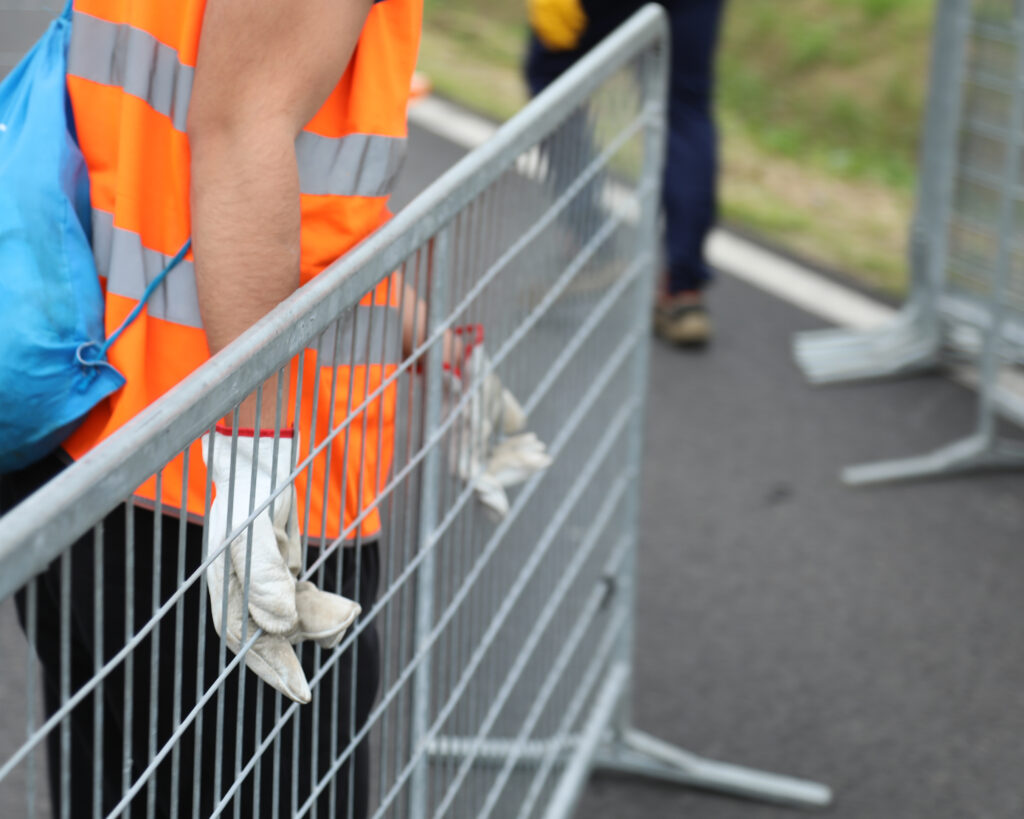By Chris Kittleson, Director of Loss Control Technical Services – Public Risk Underwriters of Florida, Inc.

Municipalities often provide their citizens with special events such as fairs, parades, and holiday/seasonal events such as Fourth of July Fireworks, Fall Festivals or Halloween. These events whether the municipality or an outside organization is sponsoring them may create liabilities and hazards that the municipality must control.
When a municipality decides to use their own resources to conduct a special event there are a multitude of potential exposures that would require planning to more effectively control hazards depending on the type of the event. An excellent example of “Special Event Safety” is the City of North Miami’s annual Halloween Haunted Trail event that is held at the City’s Enchanted Forest Park.
The Enchanted Forest Park, which is a 22-acre oak filled park and green space, is completely fenced in with access for pedestrians at one main entrance. The park event is divided into three main sections, the haunted trails, hayrides, and children’s fun zone. In addition, the event includes bounce houses, games, face painting and food. The city averages approximately 2500 patrons within a span of three hours for the event.
A review of incidents indicates there has been minimal injuries reported, which speaks volumes to the effectiveness of the City’s extensive pre-planning and safety coordination endeavors. The event planning takes place six months out from the actual date, which is initiated by the Parks and Recreation Department.
Other City departments assist during the planning stages such as, Risk Management/Safety, City Engineer, Building Department, Police, as well as Volunteers. In addition, the Miami-Dade Fire Department is notified prior to the event.
The basic plan includes the formation of ideas, budget, layout of the event and advertising.
The following is a list of North Miami’s pre-event planning activities that are used to coordinate the event:
- Recruitment of Volunteers.
- Review of budget and supplies, three months prior to event.
- Consideration of event insurance coverage and hold harmless/indemnity agreements.
- Trees cleared, dead branches trimmed, pathways evaluated for clearance, one month prior to event.
- Comprehensive structural evaluation by City Engineer/Building Department for shop made structures, i.e., Haunted House and existing infrastructure, i.e., canal bridges, one month prior to event.
- Review of water’s edge is evaluated for steepness and areas marked for fencing.


- Areas for Scare Zones are marked with paint for guidance in accordance with event plan.
- Nighttime inspection to assess lighting conditions.
- Sidewalks are evaluated for slip, trip and fall hazards and repaired as required.
- A safety meeting and walk though is conducted by City Safety Officer to evaluate event plans on-site, two weeks prior to event.
- Establishment of emergency evacuation locations, exit signage and fire extinguisher stations are identified and reviewed with Staff.
- A full-dress rehearsal of Scare Zones are reviewed with Staff in the evening to correctly place lighting, one week prior to event.
- Night training of Staff and Volunteers takes place, including a full workshop on etiquette, scare tactics, safety, and evacuation routes.
- Final walk through including full lighting review/placement as well as evaluation of delineation of pedestrian walkways to determine if lines are properly located as per plan.
- Final walk through, one day prior to event.
- Event execution, day of event.
- Clean up and removal of temporary structures, day after the event.

In some instances, organizations including civic groups and non-profit charities are available to sponsor and participate in special events. Special events provide these organizations a means of promoting their groups as well as fund-raising. These organizations usually do an excellent job of securing volunteers, selecting vendors, and providing additional Staff to police the event once it is underway.
Before trying to seek the participation of an outside organization(s) to sponsor and event, the municipality should evaluate how hazardous the event may be. To do this, the municipality should evaluate the activity itself, any physical activity the event may require of participants and exposure to the participants.
For a municipality, using such organizations may make it easier to transfer the risk thus minimizing its exposure if the special event results in claims of any kind.
Please contact your Preferred Loss Control Consultant for assistance with special event safety planning.
